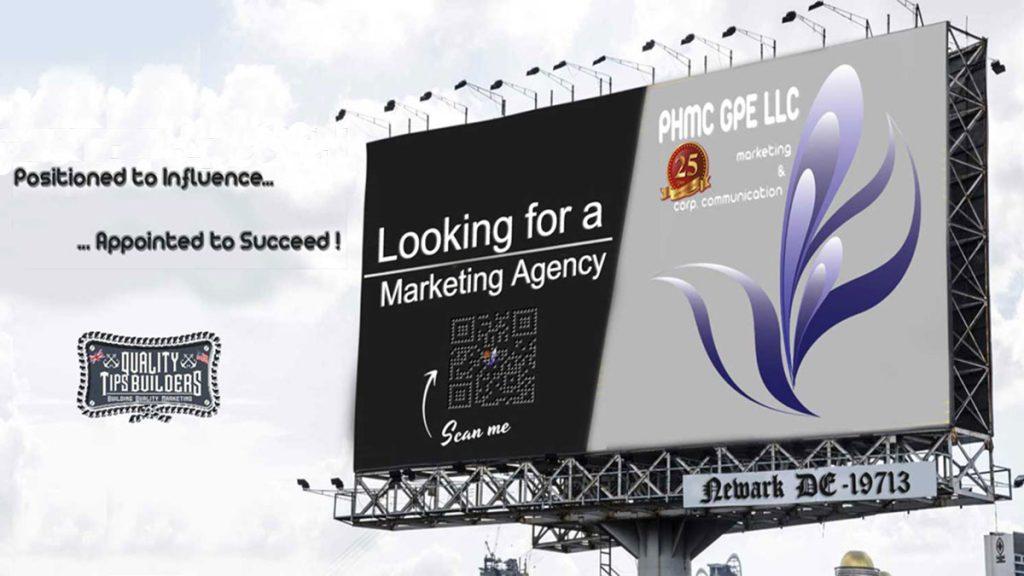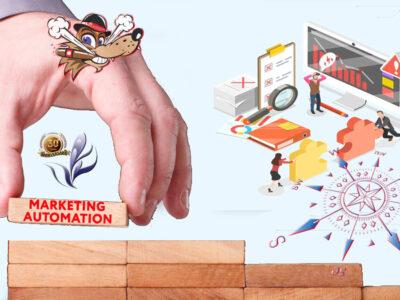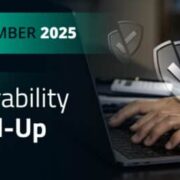Post Views: 854
Managing reputational risk is a critical concern for businesses in today’s digital age.
With the rise of social media and online platforms, information spreads quickly, making it vital for companies to monitor and control their brand reputation. A strong brand reputation is crucial for attracting customers, retaining clients, and building trust with stakeholders.
However, one negative incident or social media backlash can swiftly damage a company’s reputation. According to Gartner , 52% of SMBs use user reviews to buy software , reading at least ten reviews before deciding. 76% trust online reviews as much as referrals. In today’s hyper-connected world, where information travels at the speed of a ‘light-click’, a strong brand reputation can catapult a business to new heights. In contrast, a tarnished one can lead to its rapid downfall. In other words, brand reputation is an intangible asset that customers trust, competitors envy, and investors scrutinize. It is the make-or-break factor that can determine business success.
A brand reputation analysis is the first step towards fostering a positive online identity. By dissecting customer sentiments expressed in various channels like social media and review platforms, you’ll discover what works and what doesn’t in your marketing strategies.
To help you get started with brand sentiment analysis, we delve into these key topics:
• What Is Brand Reputation?
• Why Is a Positive Brand Reputation Important?
• How To Conduct a Brand Reputation Analysis
• 5 Steps Towards Effective Brand Crisis Management
Read on and explore the various ways of conducting an online reputation assessment.
What Is Brand Reputation?
Brand reputation is the overall perception of your brand by customers, employees, partners and the general public at every touchpoint. Brand reputation is influenced by several factors, including:
• Your logo
• Tone and voice
• Social media presence
• News coverage
• Online reviews
• Customer service
• Online or in-person experiences
Brand reputation shapes consumer decision-making. The more they perceive your brand as reliable and trustworthy, the more likely they are to do business with you and recommend your services to others.
Continue Reading
Why Is a Positive Brand Reputation Important?
Discover how a positive brand image can help expand your reach and yield lasting results.
• Builds Customer Trust and Loyalty
Over 80% of millennials don’t trust traditional advertising (Performance Marketing World). They’re tired of seeing intrusive ads that don’t accurately represent the quality of products and services.
A positive reputation naturally builds trust, making customers more likely to choose your brand over competitors. Customers know what to expect from a reputable brand, whether it’s in terms of product performance, customer service or overall experience. This consistency forms the foundation of long-term relationships and encourages repeat business.
• Attracts Top Talent
Talented professionals actively seek out companies that are well-regarded and respected in its industry. This creates a more talented and motivated workforce that can enhance your competitive advantage.
• Enhances Crisis Resilience
Over 50% of businesses witness a drop in brand reputation and customer trust following a crisis. On average, it typically requires around 18 months to recover from such crises. If the problem is not effectively managed, companies may lose up to 30% of their customers.
Negative comments and viral posts can tarnish a brand’s reputation. However, a positive brand image can help businesses weather crises, negative publicity and market fluctuations more effectively. Customers and stakeholders are more likely to give the benefit of the doubt and remain loyal, allowing brands to recover more swiftly from setbacks.
• Commands Price Premium
Brand-loyal customers are often willing to pay more for brands they trust. This not only drives revenue growth but also elevates your brand’s perceived value and strengthens its position in the market.
Research indicates that one in four customers is willing to pay up to 10% more for exceptional customer service (HubSpot). Once you’ve gained their trust, it becomes harder for competitors to attract them.
How To Conduct a Brand Reputation Analysis
Through online brand monitoring, you can proactively address risks and safeguard your reputation. Here are several ways to perform an online reputation assessment:
1. Social Media Sentiment Analysis
Social media sentiment analysis is an automated process used to track brand mentions on platforms such as Facebook, X (formerly Twitter) and Instagram. More importantly, it reveals the underlying emotions behind every tweet, hashtag, comment or post, elevating your online brand monitoring efforts.
Brand sentiment tracking employs natural language processing (NLP) techniques to assess brand mentions as positive, negative or neutral. By examining the sentiment data over time, you can identify recurring patterns and trends in positive reviews that highlight specific product strengths.
Conversely, brand sentiment analysis empowers you to spot and respond to complaints quickly. One limitation of social media sentiment analysis is that mentions and comments can sometimes be brief and lack context. They may fail to provide detailed insights into the reasons behind users’ emotions or attitudes.
2. Surveys
Surveys enable brands to gather genuine and candid feedback. Because surveys are anonymous, respondents can freely express their opinions without fear of repercussions or judgment. Online surveys are faster and more cost-effective to conduct and analyze than traditional methods like focus groups or phone surveys.
Here are some pointers for creating impactful online surveys:
• Use a variety of question types (multiple-choice, rating scales, open-ended) to gather quantitative and qualitative data for a comprehensive analysis.
• Optimize your survey for mobile devices since many users access surveys through smartphones or tablets.
• Stay neutral. Avoid leading or loaded questions that may sway participants’ opinions. Consider these examples:
– Leading Question: Don’t you agree that our products are of excellent quality? (This question assumes agreement and may push respondents to respond positively regardless of their actual opinions.)
– Neutral Question: How satisfied are you with the quality of our products? (This question allows respondents to answer freely without influencing their responses.)
• Marketing surveys usually garner a response rate ranging from 10% to 30%. Offering incentives like vouchers, discounts or entries into a prize can help boost participation.
3. Competitor Brand Analysis
A competitor brand analysis lets you measure your performance against others in your industry. This comparison helps identify your strengths and weaknesses, allowing you to set realistic performance goals.
Below are guide questions you can use when performing a competitor analysis:
Products
• How do their products compare to ours in terms of features, specifications and quality?
• What is their pricing strategy and how does it differ from ours? Are they positioned as a premium, mid-range or budget option?
• Are there any new product launches or innovations from competitors that could impact market trends or customer preferences?
• What are the availability and distribution channels of their products compared to ours? Are they expanding into new markets or regions?
Branding
• Does their brand target the same audience demographic as ours?
• What emotions or values do they associate with the brand?
• How consistent is their branding across different channels such as website, social media, advertising and packaging?
• What is their brand reputation and perception among customers, industry experts and influencers?
• Are there any recent brand campaigns, collaborations or sponsorships that have contributed to brand visibility or impact?
Marketing
• What channels do they use to market their products?
• What type of content are they creating and sharing? Is it primarily informational, promotional, educational, entertaining or a mix?
• What tone of voice do they use?
• What keywords do they use to describe their products in marketing materials, website content and advertisements?
Web Performance
• What is their website’s page speed and performance like?
• How user-friendly is their website in terms of navigation, layout and accessibility?
• What other websites are linking back to your competitor’s site, but not yours?
Keep in mind that a competitor brand analysis may not uncover all the nuances of your competitors’ strategies. On top of that, it relies on publicly available data, which may not be constantly updated. That being said, it can still help you understand your market position and identify gaps that your brand can fill.
4. Online Reviews
Approximately 66% of customers expect companies to understand their needs. And the easiest way to achieve this is by listening to customer feedback (HubSpot).
- Online reviews are a key component of reputation management strategies. They shed light on common pain points or issues that customers encounter, allowing brands to make targeted improvements to products, services and overall user experience.
- Online review analysis requires gathering data from major review platforms like Yelp, Google Reviews and TripAdvisor. Fortunately, modern software has streamlined this once-manual and time-consuming task. These tools also help efficiently turn raw reviews into actionable insights.
5 Steps Towards Effective Brand Crisis Management
Sometimes, despite proactive measures, your brand may still be vulnerable to crises due to external factors beyond your control.
Whether you’re confronted with a negative review, service outage, data breach or social media blunder, it’s vital to have a well-prepared response. A brand crisis management strategy can help minimize potential damage to your business and preserve your reputation.
We can divide brand crisis management into five steps:
• Step 1: Monitor Early Warning Signs: Keep an eye on your social media, news outlets and customer feedback channels for potential crises. Proactive brand sentiment tracking can help you address issues before they escalate.
• Step 2: Establish Clear Communication Channels: Set up a crisis hotline, email address or social media account specifically for handling crisis-related inquiries and updates.
• Step 3: Act Quickly and Transparently: Acknowledge the issue immediately and communicate to the public the steps being taken to resolve the situation.
• Step 4: Learn and Adapt: After the crisis subsides, conduct a thorough post-crisis review to assess what went well and what could be improved. Then, implement the necessary changes to prevent similar problems in the future.
• Step 5: Rebuild Trust: Restore credibility with stakeholders through corrective actions and ongoing transparency in your operations.
***
By performing an online reputation assessment, you can refine your offerings and marketing approach to align with customer preferences.
Let see how PHMC GPE LLC can help you stay on top of your game and boost your bottom line through proactive online brand monitoring. We help Entrepreneurs in brand sentiment tracking, reviews generation and survey campaign management.
For More and Moving Ahead… and take your Brand reputation management strategies to the next level!
Talk to PHMC GPE Team !
Discover More:



















Comments